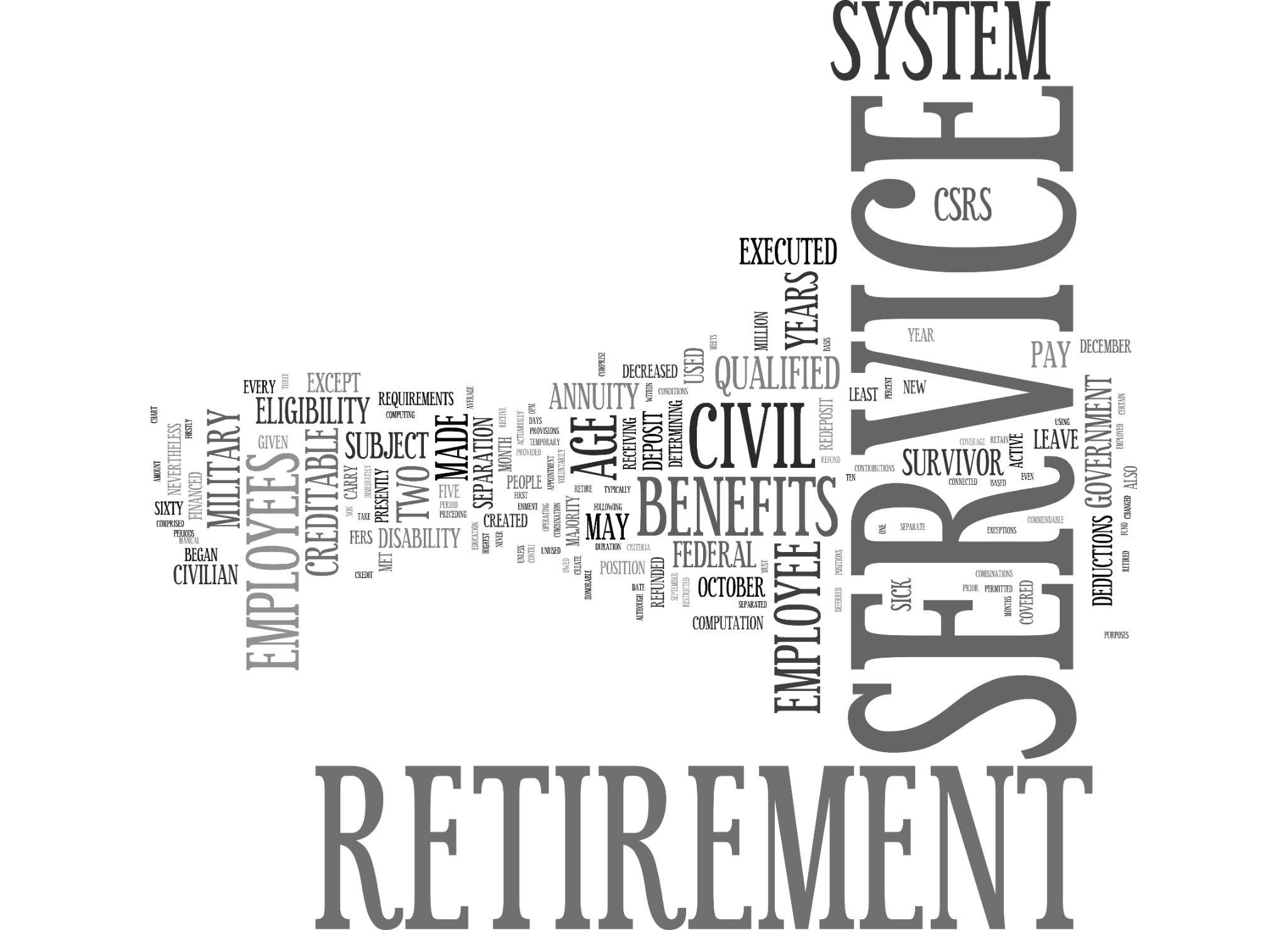
Civil Service Retirement System vs. Federal Employee Retirement System – What’s The Difference?
Retirement is a major consideration for anyone who has worked or is currently working in the civil service sector. Two popular retirement systems that are often discussed are the Civil Service Retirement System (CSRS) and the Federal Employee Retirement System (FERS).
While both retirement options provide benefits to federal employees upon their retirement, there are some key differences between them. Understanding these differences can help current and future federal employees make informed decisions about which system may be best suited for them.
In this guide, we explore the key features and differences between CSRS and FERS to help you determine which one is right for you.
What is the Federal Employee Retirement System?
The Federal Employee Retirement System (FERS) is a retirement plan for employees of the federal government. It was established in 1986 to replace the Civil Service Retirement System (CSRS). FERS provides retirement, disability, and survivor benefits to eligible federal employees.
One of the primary benefits of FERS is that it includes three distinct components:
- A basic annuity
- Social Security
- The Thrift Savings Plan (TSP)
The basic annuity is based on an employee’s length of service and the highest average salary over three years. Social Security provides additional income during retirement, while TSP allows employees to save money through payroll deductions and receive matching contributions from their employer.
To be eligible for FERS, individuals must be employed by the federal government for at least five years. However, those who have previously worked under CSRS or are covered by another federal retirement system may have different eligibility requirements.
What is the Civil Service Retirement System?
The Civil Service Retirement System (CSRS) is a federal retirement plan that was created in 1920 to offer retirement, disability, and survivor benefits to qualified federal employees. The CSRS covers most civilian employees who began working for the federal government before 1984.
Under the CSRS, eligible employees receive a guaranteed lifetime annuity payment upon retirement that is based on their length of service and the highest average salary earned during their three consecutive years of highest earnings. Additionally, retirees may be eligible for cost-of-living adjustments (COLAs) to account for inflation over time.
To qualify for CSRS benefits, employees must have completed at least five years of creditable civilian service with the federal government. Employees are also required to contribute a portion of their salary toward their retirement fund while they are working for the government.
Note: While this plan offers a guaranteed lifetime income stream that is adjusted for inflation, there are no Social Security benefits available for employees enrolled in CSRS.
What Are the Differences?
The primary difference between these systems is their structure.
- CSRS is a defined benefit plan, which means that benefits are based on a formula that considers the length of service and the highest average salary.
- FERS, on the other hand, requires employees to contribute to both Social Security and an employer-sponsored plan with matching contributions from their agency.
Another key difference is how each system handles cost-of-living adjustments (COLAs). For CSRS retirees, COLAs are calculated based on changes in the Consumer Price Index for Urban Wage Earners and Clerical Workers (CPI-W).
FERS retirees receive COLAs based on changes in CPI-W up to 2%, after which they receive a reduced adjustment equal to one percentage point less than CPI-W.
Navigate the Federal Retirement Maze
Choosing the right retirement system can make a significant difference in your future financial well-being. Both the Civil Service Retirement System and Federal Employee Retirement System have their benefits and drawbacks. It is crucial to understand the key differences between these two systems before making a decision.
At Federal Educators, we are here to assist you in navigating federal retirement options and making an informed decision that best suits your needs. Reach out to us today at (813) 755-7037 for guidance on planning your federal retirement and securing a stable financial future for yourself and your loved ones.
